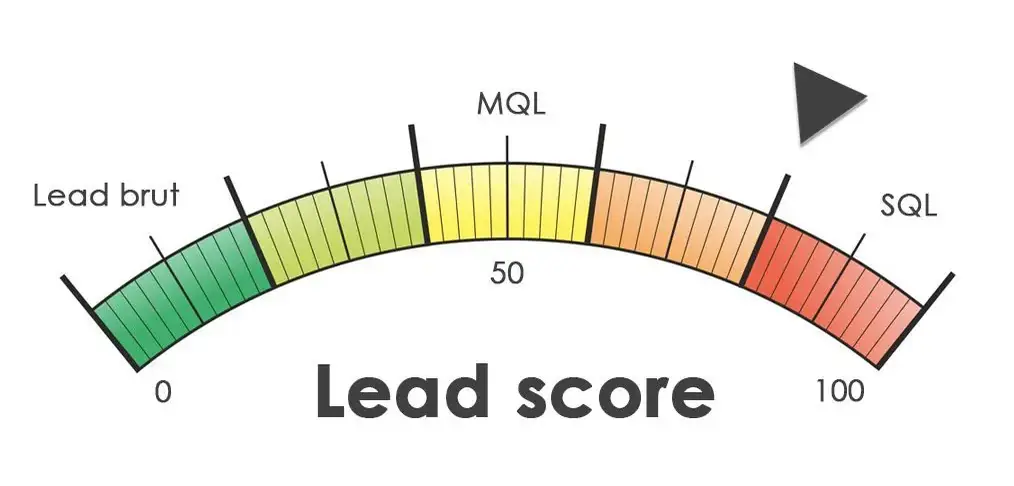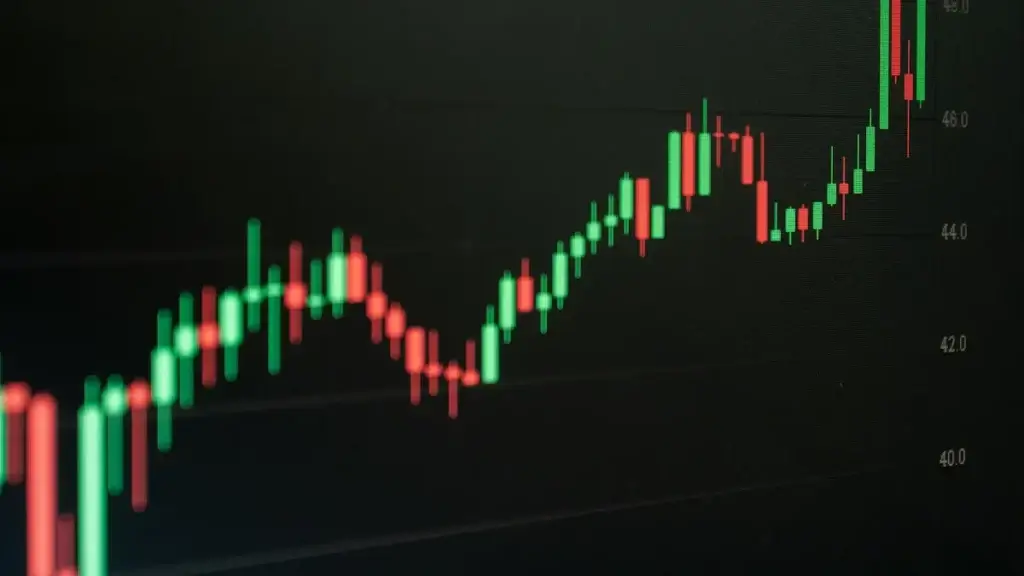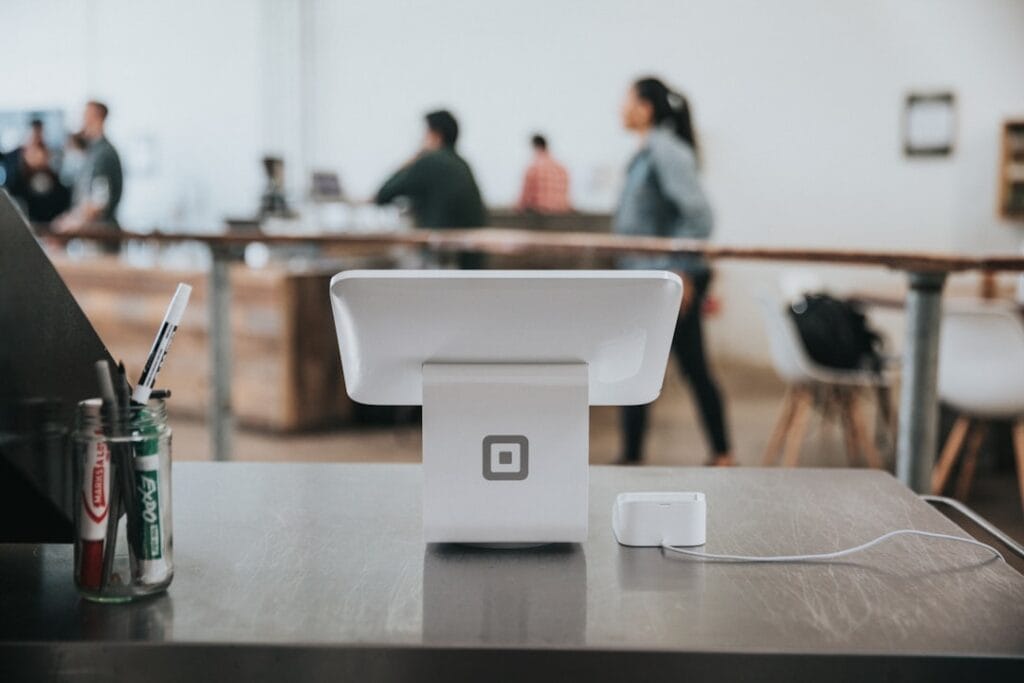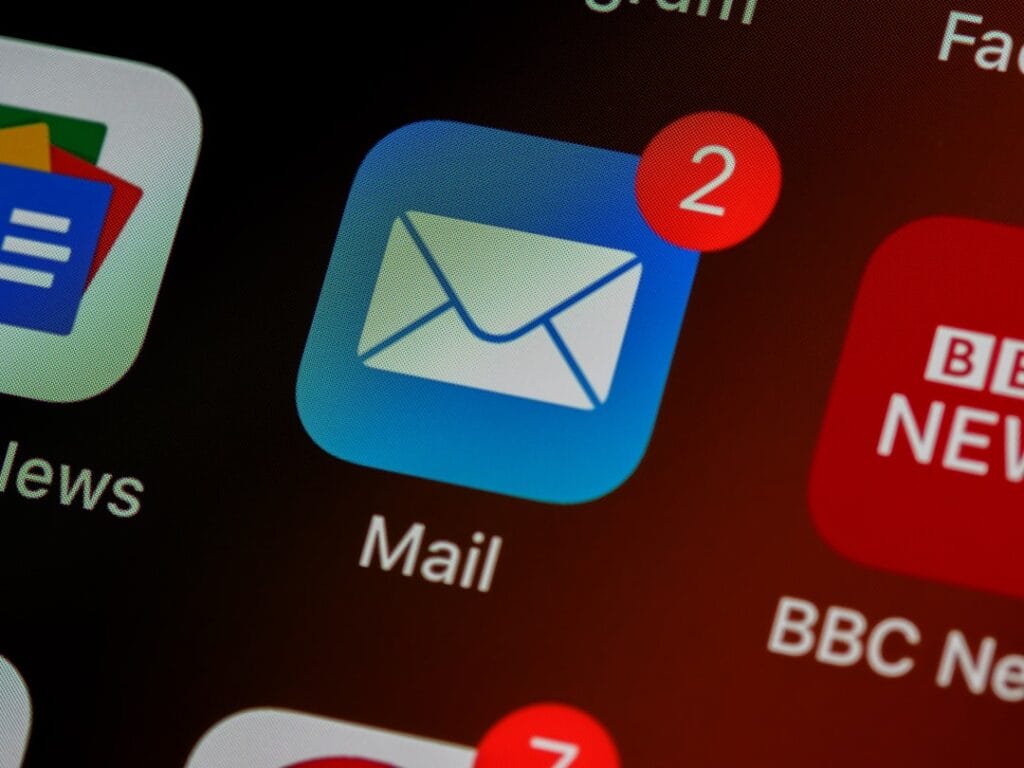Did you know that lead scoring is a fundamental part of any automation strategy? However, since the customer journey of B2B and B2C prospects is different. You must take this into account in order to properly qualify and nurture your prospects. Find out how to do it in this article.
What do we mean by lead scoring?
Lead scoring is a technique designed to automatically qualify leads in your database. To do this, you must take into account certain parameters related to the characteristics of the ideal customer (buyer) or their behavior.
When we talk about digital marketing , we simply mean giving a certain value to a user's conversion potential. This value is based on socio-demographic data known about him and his online behavior.
The more implicitly or explicitly known the prospect, the more precise the note that can be given. The more we qualify it, the more the lead scoring that we deploy to lead it to conversion is effective.
Why use lead scoring?
The objective of the lead scoring is, among other things, to facilitate the coordination and collaboration of marketing and commercial services. lead management process through the classification of acquired leads. This is done above all later by clear rules which determine when a lead is mature enough to be sold and what priority the commercial service must grant it.
These rules and standards are grouped into a lead scoring model that can be implemented primarily in B2B marketing , but also in B2C marketing and in sales. This model makes it possible to decide whether a sales activity is transferred to the sales department, i.e. whether it moves to lead processing, or whether it continues to evolve towards lead nurturing .
What is the relationship between lead scoring and marketing automation?
The principle is simple. Once a certain number of leads have been marked, it becomes virtually impossible to qualify and manage them one by one. However, it remains essential to segment them correctly. This means resources and time can only be invested in leads with the best conversion opportunities .
Although the type of scoring used can be more general or more specific depending on the purchasing process , you can generally distinguish three main types of leads: " hot " (or ready to buy), " lukewarm " (in the decision -making process) and " cold " (which correspond to the profile, but which have not yet started the purchasing process).
For example, the information you should send to a "hot" contact is not the same as what you should send to a "warm" contact. A “hot” contact came directly to your site to quote a product or service. A “lukewarm” contact came from a web search and subscribed to your newsletter .

How do I assign qualifications to a lead?
The score you give a lead will depend on what you know about them. In this sense, if you have an automation tool that allows you to obtain as much information as possible, you already have a considerable advantage.
Two types of information make it possible to qualify a lead: socio-demographic data linked to the customer's profile (age, gender, purchasing power, lifestyle, etc.) and data linked to their search behavior. For example, some of the behavioral criteria for qualifying leads are:
- Visit the site (which pages?);
- Frequency of visits;
- Target channel (social media? organic search? PPC advertising?);
- Type of content you are looking for (TOFU, MOFU, BOFU);
- Registration on the site;
- Uploading content;
- Subscription to the newsletter;
- Information request ;
- Interaction with a chatbot or virtual assistant;
- Opening emails;
- Adding products to the cart;
- Etc…
Typically, in marketing automation , lead scoring sequences are triggered by criteria that relate to both the user profile and user behavior.
READ ALSO: Optimize your sales process with lead scoring
What are the behavioral differences between a B2B lead and a B2C lead?
There are several differences you need to consider when marketing automation for B2B and B2C . However, the most important ones when it comes to lead scoring are:
B2B: How much do you NEED? vs. B2C: How much do you WANT?
Normally, a B2B lead only converts when it has all the technical information of the product or service. He then performed a detailed comparison of virtually all available options. It is therefore normal that the purchasing process is much longer and that its evolution is oriented towards:
- Product logic;
- Return on investment ;
- Your knowledge of the value proposition.
On the other hand, although a B2C lead also makes comparisons before making a purchase, the emotional factor plays a much more important role. The latter tends to decrease or “cool” over time. It is therefore essential to make the most of it as soon as it arises and try to speed up the purchasing process as much as possible.
Different contact forms for B2B and B2C
Often, user information that is entirely relevant to a B2C sale has no relevance in a B2B context, and vice versa. The first thing to avoid is asking for information that is not absolutely necessary. This is because the more information you have to provide on a form, the less likely you are to complete the application.
You need to be very clear about and focus on the minimum you need to progress toward your lead in the sales funnel. Consider that it all depends on the relationship between your product and your customers. However, generally speaking, in the case of B2B, the best strategy is to collect data aimed at offering a personalized solution based on objective needs. In B2C, it is a personalized solution based on subjective tastes.
When does the sales manager take action?
In B2B e , sales managers normally embark on action when the automation process gives them "lukewarm" leads. In other words, they already have a considerable amount of interest and information on the product or service. However, the latter still need this argument of definitive trust or of a very personalized added value to make the decision.
In most B2C transactions, it is desirable that most of the process be automated. The sales manager should only be present with “hot” or ready-to-purchase leads. In fact, in many sectors it is usual for the process to already be completely automatic, without the intervention of a commercial agent. This is the case, for example, with e-commerce or streaming services.
—————————
Magileads is prospecting automation software that allows you to easily manage all the complex aspects of your marketing processes.
Test Magileads for free in 14 days. Click here .
Or book a demo to see how it works. Click here .





